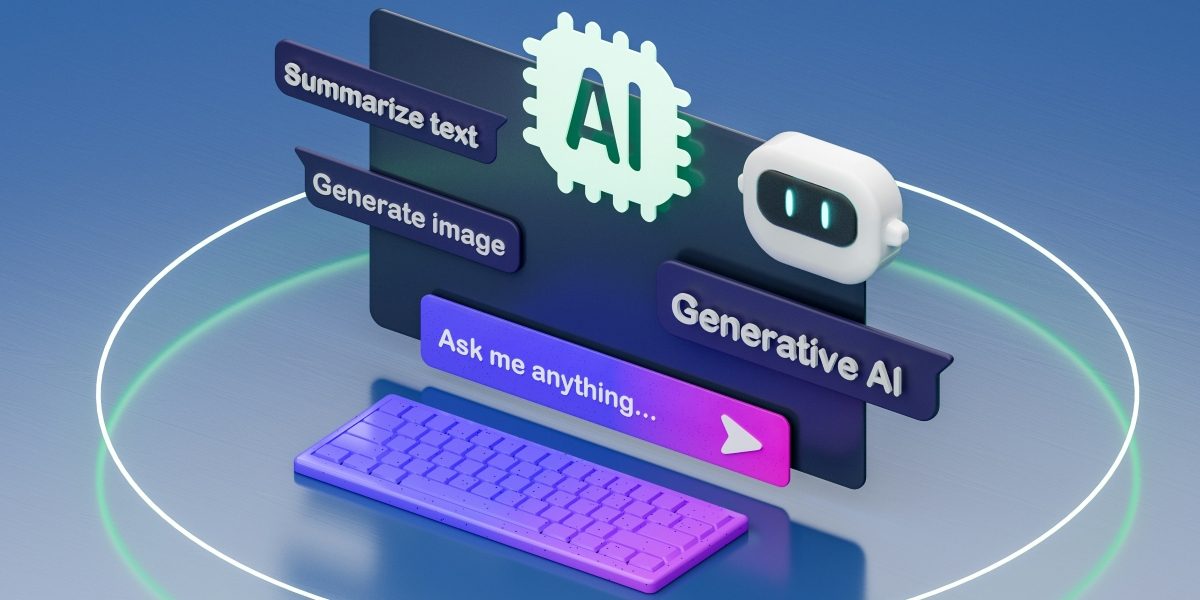Artificial intelligence has been transforming how we create and tell stories. From generating realistic dialogue to building dynamic worlds, the tools at our disposal have grown increasingly powerful. Among these tools, character creation software has seen a significant leap. Whether you’re a writer, game developer, animator, or world-builder, choosing the right character creation tool is essential. But with so many options out there, it’s important to understand what makes one stand out. Here are the top features to look for when choosing a character generation tool that truly supports your creative process.
1. Customizable Character Profiles
At the heart of any great character generator is the ability to shape your character exactly the way you envision them. A good tool should allow you to set basic attributes like gender, age, species, and occupation. But advanced tools go further, letting you fine-tune elements such as personality types, alignment, cultural background, and even unique quirks.
This level of customization ensures that you’re not boxed into generic templates. Whether you’re building a time-traveling warrior monk or a quirky robot chef, you should be able to mold every detail.
2. In-Depth Personality Traits
Creating a believable character means going beyond appearance. The best generators offer rich psychological profiles that include emotional tendencies, strengths and weaknesses, ambitions, and fears. These insights are particularly valuable for writers and game designers who want their characters to feel fully human (or non-human) and emotionally complex.
Detailed trait options also help support long-form storytelling, allowing your character to grow or change over time.
3. Visual Representation Options
For visual storytellers, having a character portrait or model is crucial. Top-tier tools allow you to generate high-quality illustrations or even 3D models based on the character’s attributes. These visual outputs can then be used in video games, animations, or promotional materials.
Some software also supports AI-assisted design, giving you a visual starting point that can later be customized in graphic design tools.
4. Narrative-Driven Backstory Creation
A compelling backstory enriches your character and provides context for their actions and choices. Look for tools that offer dynamic, AI-driven backstory generation. Based on the personality, traits, and world setting you’ve selected, these backstories can include major life events, personal relationships, cultural origins, and moral dilemmas.
This feature helps speed up the writing process while ensuring consistency and emotional depth.
5. Worldbuilding Compatibility
It’s not enough for a character to be well-designed—they also need to fit naturally into the world around them. This is where worldbuilding compatibility comes in. High-end character generators allow for connections between characters and the wider world they inhabit, such as affiliations, geography, history, and in-universe lore.
This integration is especially valuable for creators building game worlds, novels, or campaigns where every character plays a role in a larger narrative system. A well-integrated character enhances world coherence and strengthens immersion.
In the middle of evaluating your options, it becomes clear that choosing an ai character generator with both creativity and control features is vital for quality storytelling. It should serve not just as a randomization tool, but as a co-creator—able to generate, refine, and even surprise you with ideas that enrich your vision.
6. Culturally Diverse Naming and Language Options
Naming is often underestimated, but it can deeply influence how a character is perceived. The best character generation tools offer naming options based on linguistic and cultural templates. You might want Elvish-style names, historically accurate surnames, or futuristic, tech-inspired handles.
Even better are those that support multilingual environments or different naming conventions depending on the character’s background or species.
7. Export Flexibility
Creating characters is just the beginning. You’ll likely want to move that character into a game engine, writing software, or design tool. That’s why export functionality matters. Look for tools that support formats like PNG, PSD, OBJ (for 3D), or simple text files for character sheets.
If you’re building a team of characters, the ability to export in batch mode or organize them in a central dashboard will save you time.
8. Collaborative Tools
Many creators work in teams, and a character creation tool that supports collaboration can be a huge asset. Features such as shared libraries, version history, commenting, and team editing make it easier to stay aligned.
These tools are especially useful in professional settings such as game studios, creative agencies, or collaborative storytelling projects like comics or animation series.
9. AI Learning and Refinement
The smartest tools learn as you use them. Some character generators can analyze your preferences and make better suggestions over time. If you’re always selecting sarcastic antiheroes or designing characters from dystopian futures, the system should begin offering you relevant options automatically.
This kind of adaptability is a subtle but powerful way to speed up the creative process while maintaining your unique voice.
10. Pricing and Licensing Clarity
Finally, a practical point—cost. Many tools offer free versions, but serious creators often need premium features. Make sure you understand what’s included, and check whether generated content is royalty-free and available for commercial use. Read the fine print, especially if you’re publishing or selling your creations.
Final Thoughts
The perfect character creation tool balances automation with creative freedom. It should be your silent partner—offering ideas, filling in blanks, and helping you flesh out your characters in both appearance and personality. As AI tools continue to improve, we can expect even more sophisticated features and seamless integrations.
By focusing on the features that matter—customizability, visual options, deep storytelling capabilities, and smart integrations—you’ll be equipped to create characters that are not only memorable but central to your story’s success.

















